San Andreas is the story of LA rescue pilot Ray (Dwayne Johnson) trying to save his family from what is described as the biggest earthquake ever recorded in human history (or at least that’s what the movie aspires to be). The story starts with a major earthquake shaking Nevada. Ray gets called in for duty and is unable to drop his daughter Blake (Alexandra Daddario) off at her college in San Francisco. Daniel (Ioan Gruffudd), the current boyfriend of Ray's estranged wife Emma (Carla Gugino), offers to deliver Blake the rest of the way. Calamity strikes and California is devastated by a series of earthquakes. What follows is the journey of Ray along with Emma, in search of their daughter.
San Andreas is not just about apocalyptic destruction (although it has that in spades). It’s got: the inevitable earthquake caused by the famous San Andreas fault line; an estranged couple; a seismologist who can predict earthquakes; British guy who falls for the hot girl; some emotions and some jokes. Not at all a bad recipe for a movie. But for some reason, all you take back from the movie is the apocalyptic destruction! The movie never hits the highs on emotion, though it tries its best; rather, its the lackluster screenplay that acts as the hole in the sinking boat. Things are so predictable, that you almost end up laughing when you guess something right.
Apart from being a downer on reasonability or surprise factor, the feeble script hardly justifies the characters. Paul Giamatti plays Lawrence, a seismologist who loses a colleague while working at the Hoover Dam. Can you guess the dialogues between him and the reporter who is there to cover the story?
Reporter: “I understand if you don’t want to do this right now.”
Paul: “Kim lost his life over this. Now is the only time to do this.”
Or something like that.. pardon my memory. I’m sure the writer thought, it worked before, it should work again! The movie actually made me wonder who was a better actor; Dwayne, Alexandra or Carla (Psst... it’s Dwayne). Yes, you can actually see Dwayne putting his best, but alas, the real focus is on the earthquake and not him.
But hey! It’s not end-of-world for San Andreas yet (pun intended). You can surely bet your money (like the producers did) on the visuals. Quakes, collapsing buildings, tsunami; everything looks great and mostly believable (except when you see an inflatable speed boat ram into thickened glass and break it!). This brings me to some interesting reads on the rationality/plausibility of all that’s depicted. Surprisingly a lot of it is true and accurate. Once you do see the movie, I highly recommend you read the tweets by seismologist Dr. Lucy Jones (https://twitter.com/DrLucyJones [some spoilers here]).
So to sum it up, San Andreas might not be the best disaster movie that you'll ever see and if you are a serious moviegoer it might even make you question your decision to watch it (or make you blame me). But if you have no plans and casually walk into a random screen that happens to play San Andreas, you might actually come out entertained (read: not bored; I actually did like a joke about second base).
Grade: C+
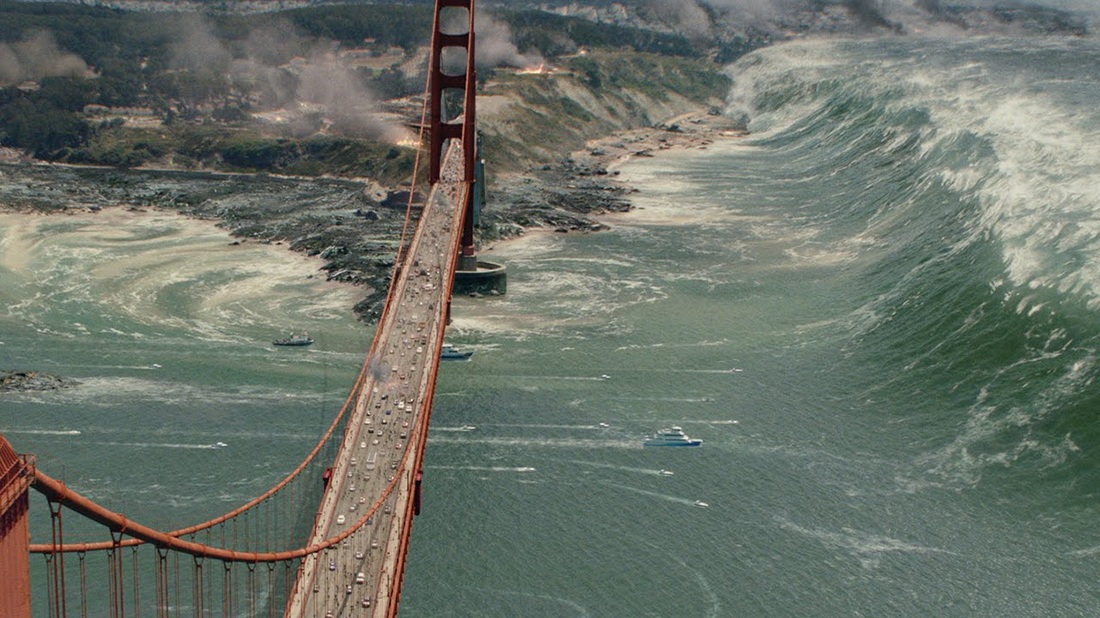

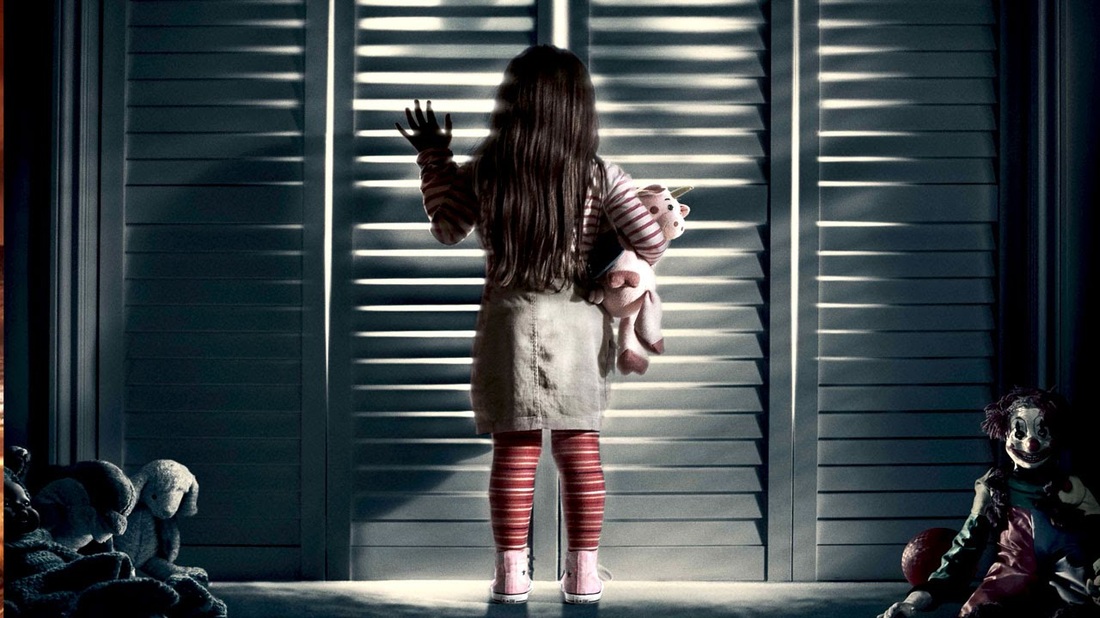

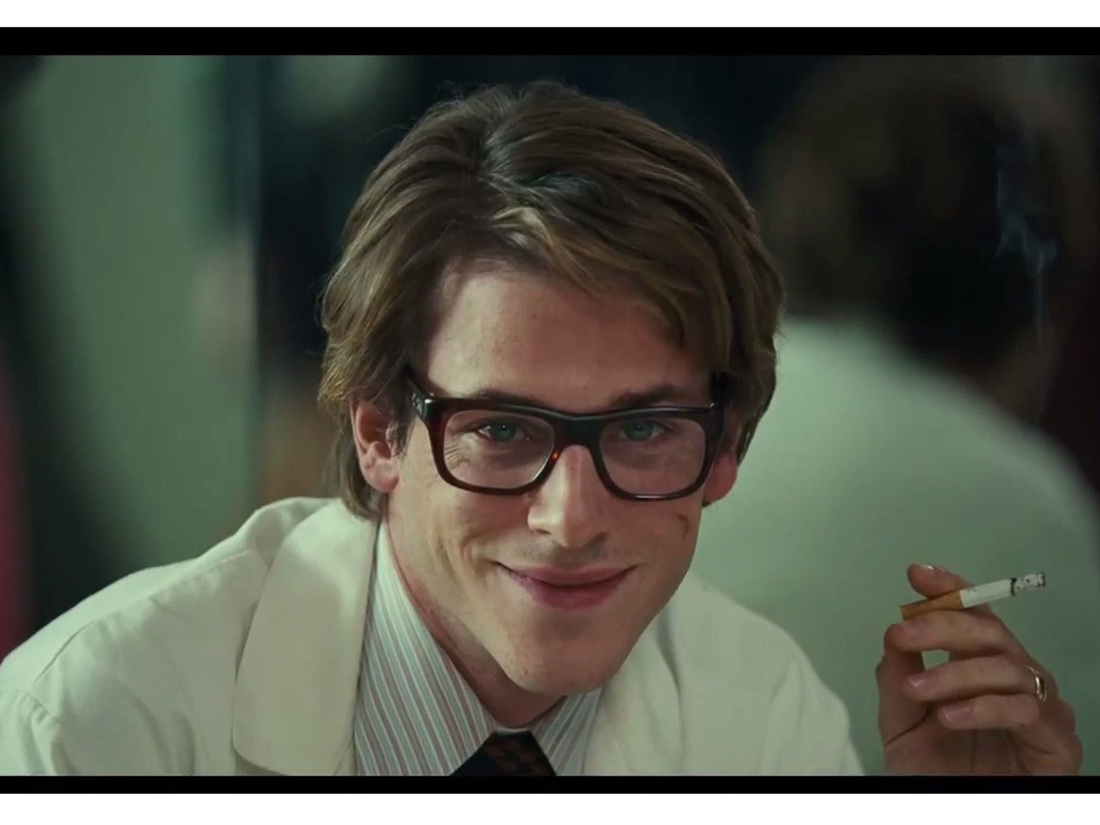
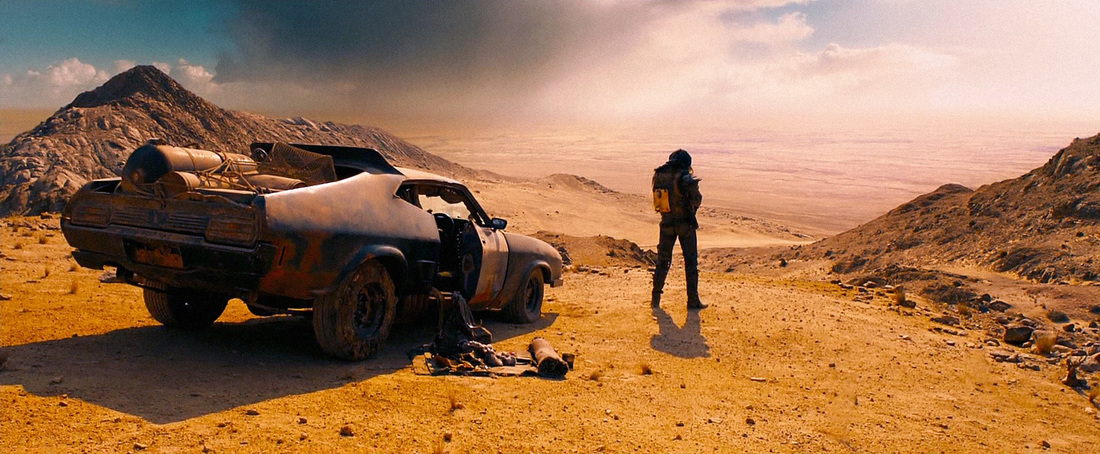
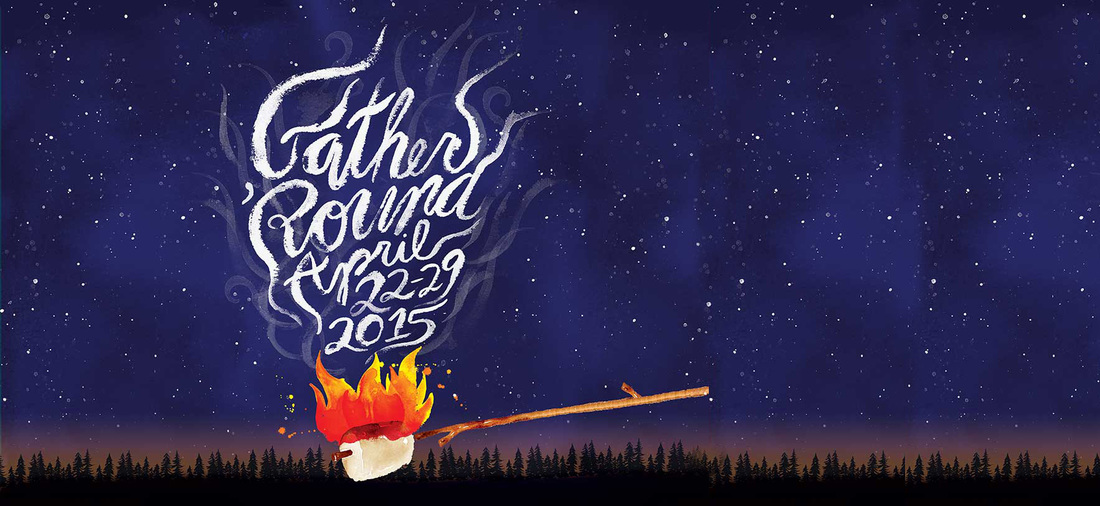
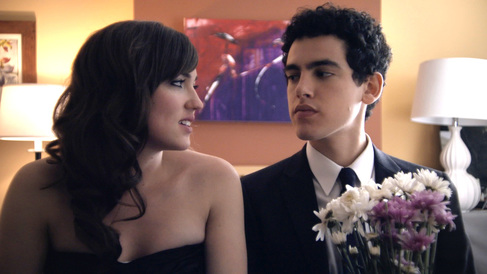

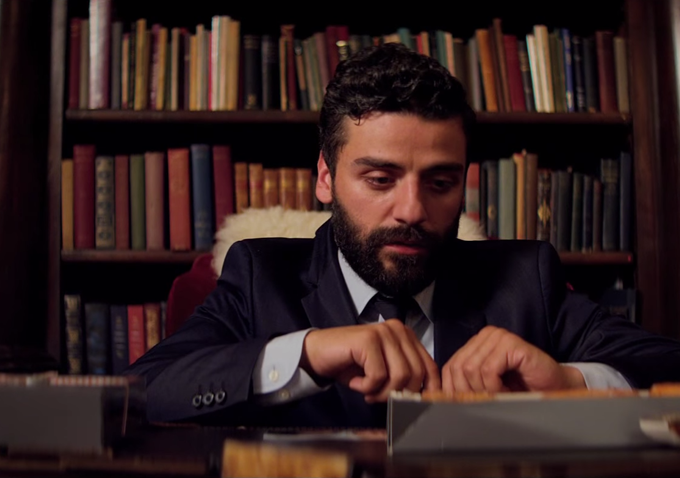

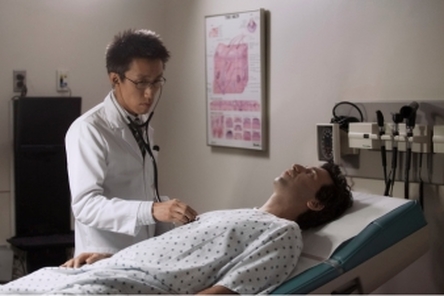
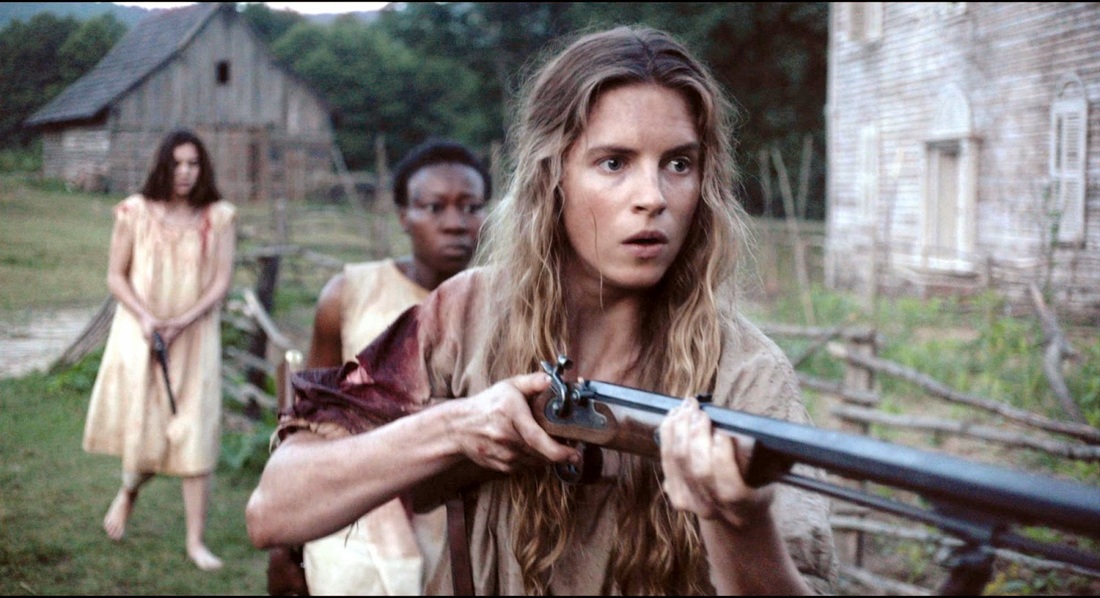
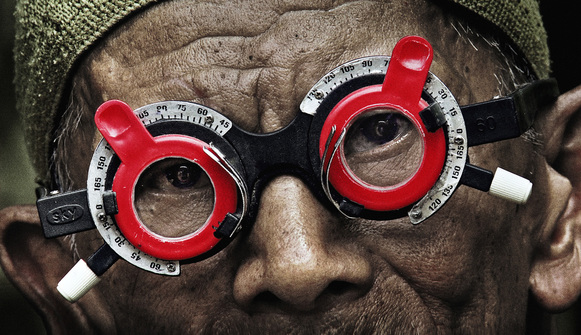
 RSS Feed
RSS Feed
